
Vermont
Vermont Urges Digital Equity Competitive Grant Participation
'This funding has the potential to be transformational.'

Vermont
'This funding has the potential to be transformational.'
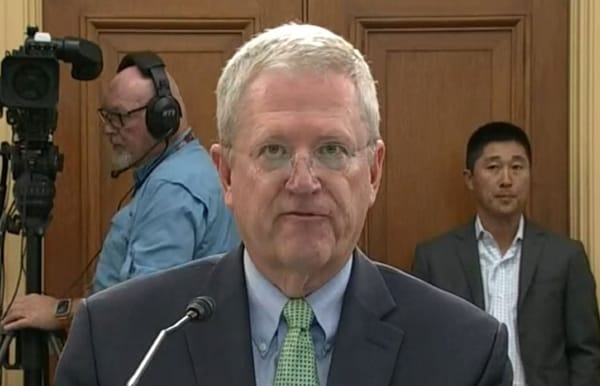
Funding
The report criticizes certain BEAD program rules.
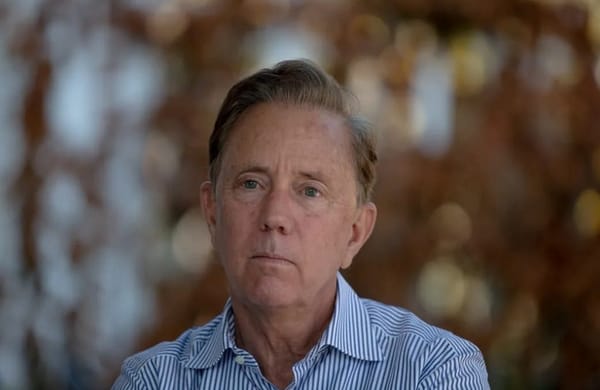
Connecticut
The state was allocated $144 million through the BEAD program.

Idaho
Idaho Office of Broadband will provide 28 days for rebuttals to coverage challenges.
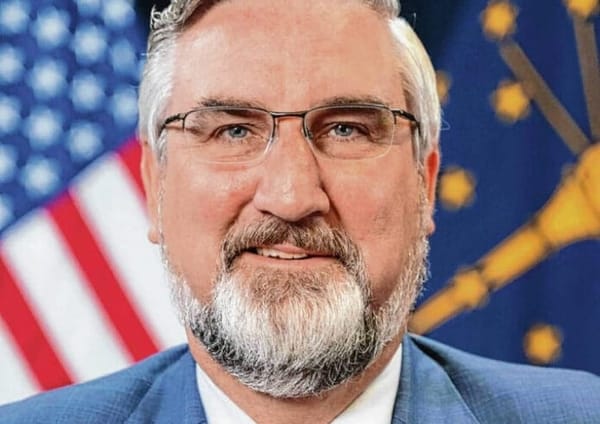
Indiana
NTIA approved the Hoosier state's Initial Proposal, Volume 2.
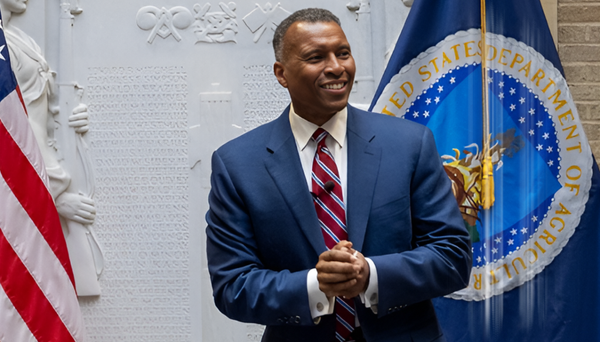
Funding
The money will help communities build technical assistance and training to improve broadband adoption in rural America.
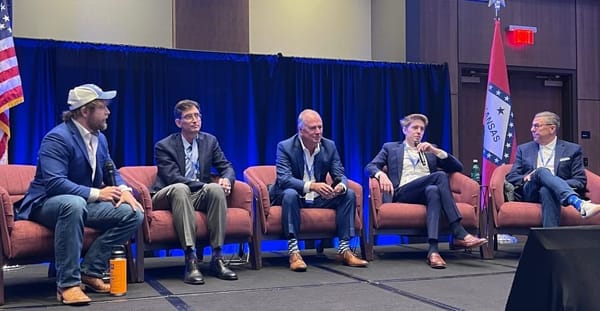
Arkansas
ISPs should use state broadband coverage maps and financial forecasting to create BEAD plans.

Idaho
The state was awarded $583 million from BEAD.
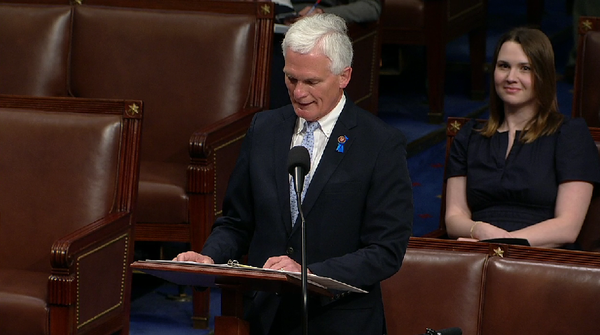
Congress
The Senate Commerce Committee also postponed, for a second time, a markup session with short-term funding for ACP.
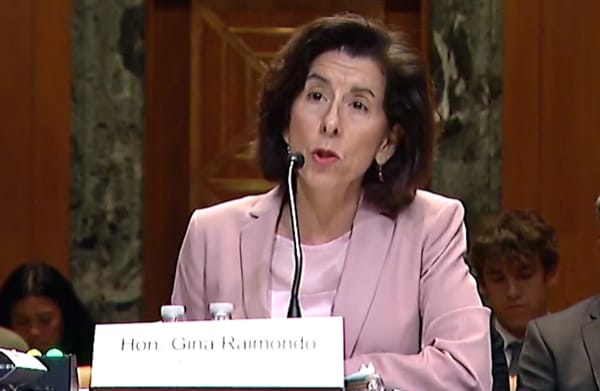
BEAD
Senators raised concerns about authority to require BEAD ISPs to offer low-cost internet plans.
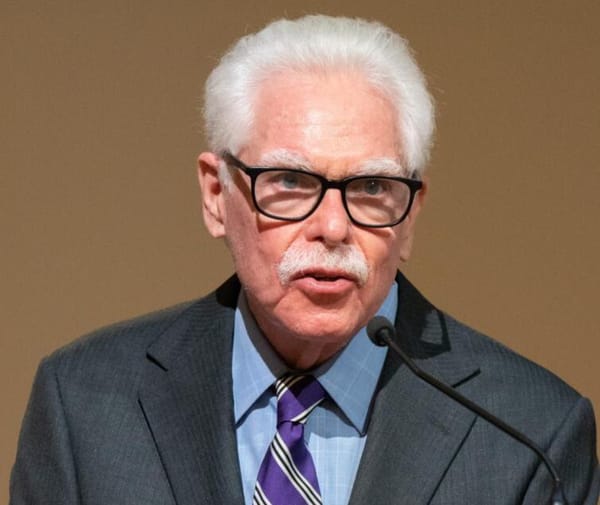
Digital Inclusion
The FCC may have breached federal regulations by introducing a last-minute safe harbor in its recent digital discrimination policies.

Broadband Mapping and Data
The experts held split opinions regarding the impact of new consumer broadband labels mandated by the Federal Communications Commission.
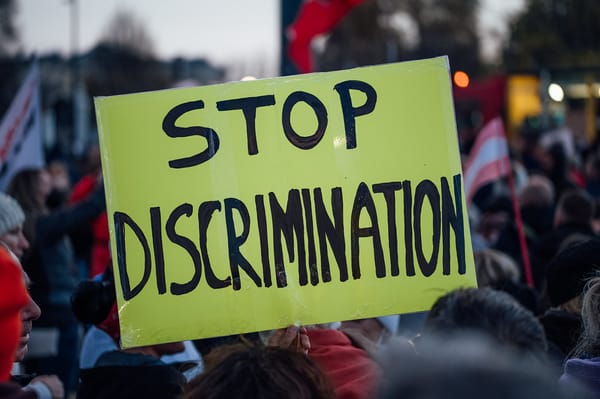
Digital Inclusion
The suit filed Tuesday marks the third legal case to target the FCC’s digital discrimination rules since adopted in November.

BEAD
The waiver exempts specific BEAD-funded equipment from the domestic manufacturing requirement outlined in the IIJA.
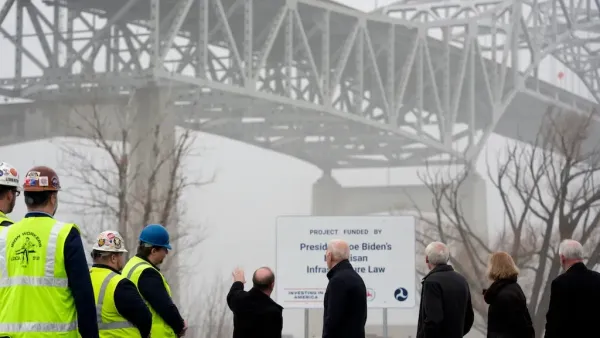
Funding
Broadband was part of the reelection campaign's emphasis on infrastructure.
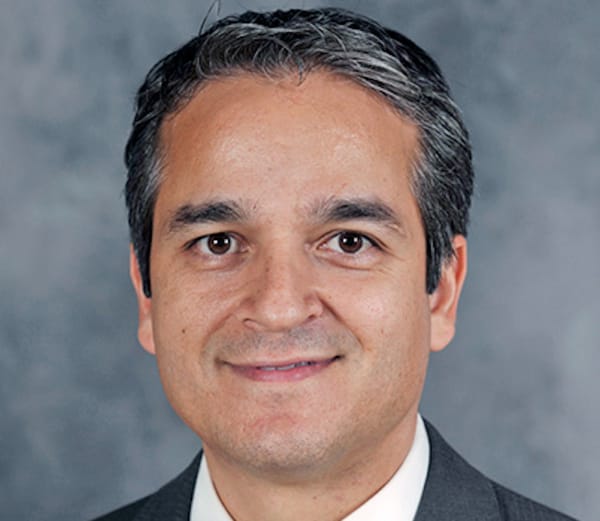
Expert Opinion
As states rush to outline their BEAD spending plans, time is of the essence.